The Process
8-12 treatment sessions on average
Takes the patient through a graded set of virtual experiences
Uses head-mounted virtual reality displays and real-time physiological monitoring
Is adapted for each patient’s individual needs
Shown to work more effectively than more traditional exposure therapies in randomized clinical trials
Virtual Worlds
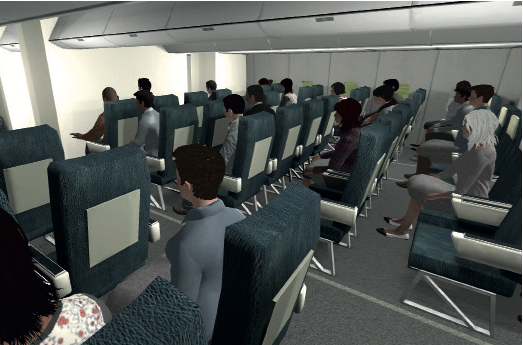

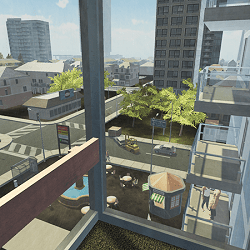
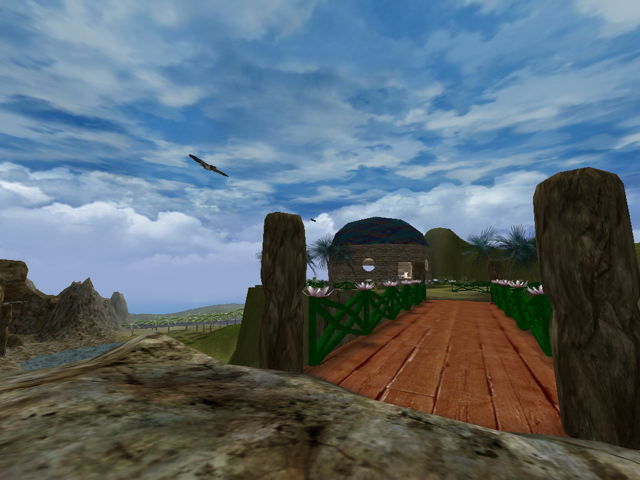
Virtual Reality Exposure Therapy (VRET) places the patient in an interactive computer-generated environment where he or she can “experience” several aspects of situations that make them anxious. The environments include auditory cues and three-dimensional visual cues, which are presented through a head-mounted display with small TV monitors and stereo earphones.
After an intake session and skill building sessions to teach the patient how to control automatic responses to anxiety-provoking situations, the therapist and patient collaborate to create a hierarchy of anxiety-inducing situations. In careful, controlled stages, the patient is exposed to virtual experiences that elicit increasingly higher levels of anxiety. Each stage can be repeated until the patient is comfortable with the experience and satisfied with their response.
Physiological Monitoring
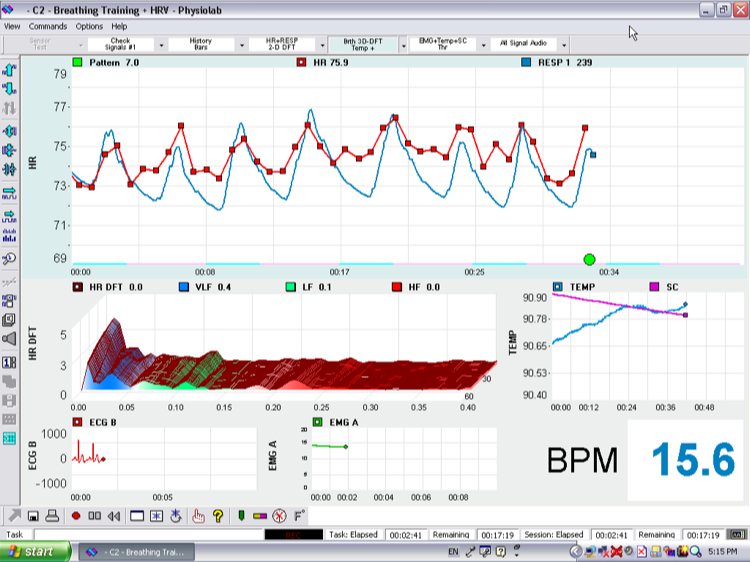
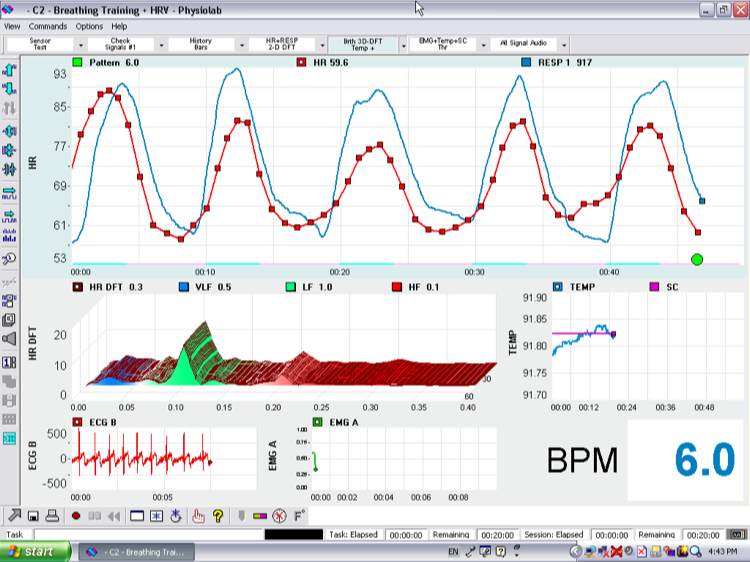
We want to know when you are subjectively feeling anxious, but we also monitor your physiology, to provide an objective measurement of anxiety and desensitization. Non-invasive physiological monitoring with visual feedback is used to help you understand when you are relaxed and when you are anxious, so you can learn to recreate relaxed feelings on your own in real-life phobic situations.
At every step, the therapist can see and hear what you are experiencing in the virtual world. If your level of anxiety becomes overwhelming, you can return to a less stressful level of treatment, or simply remove the head-mounted display and exit the virtual world.


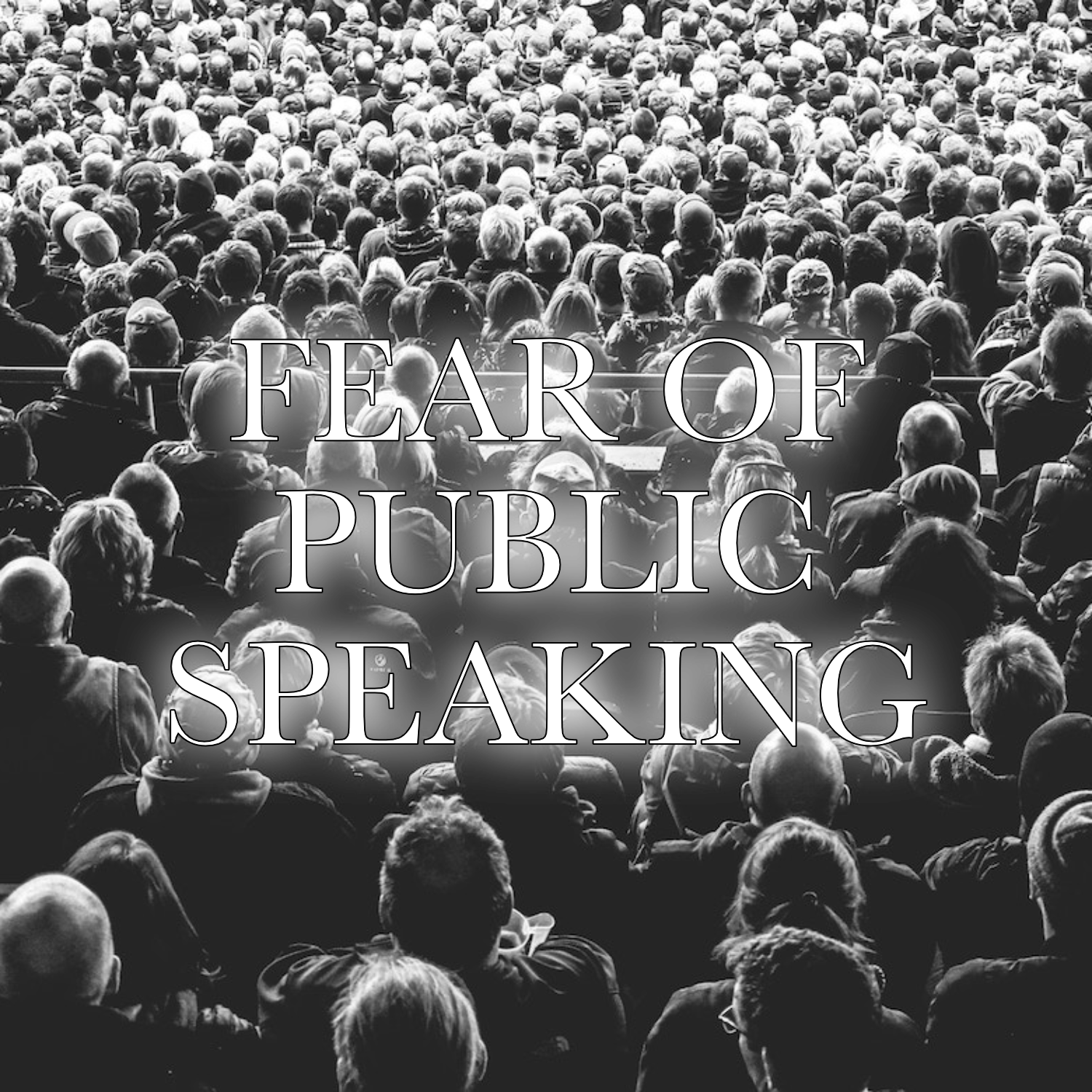
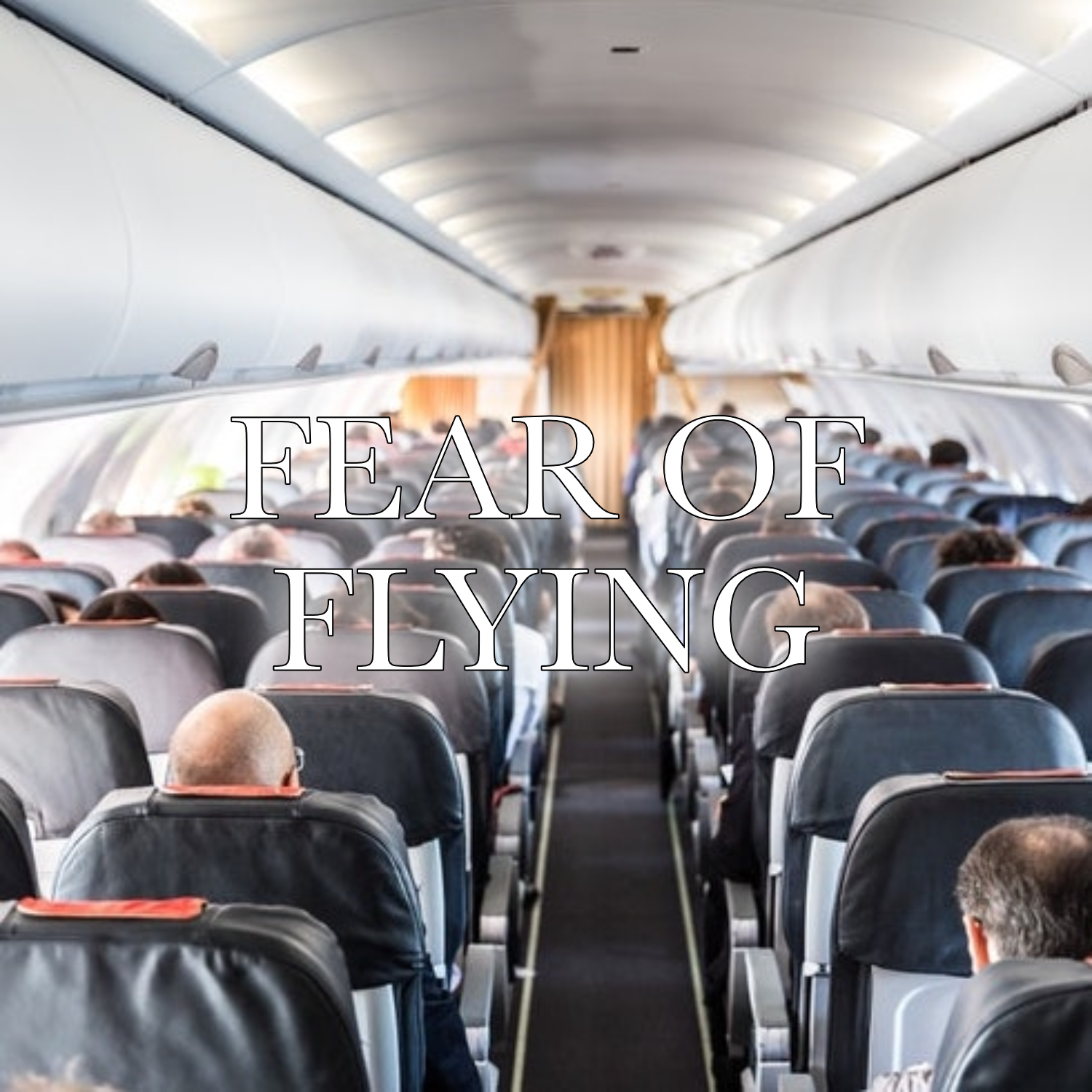
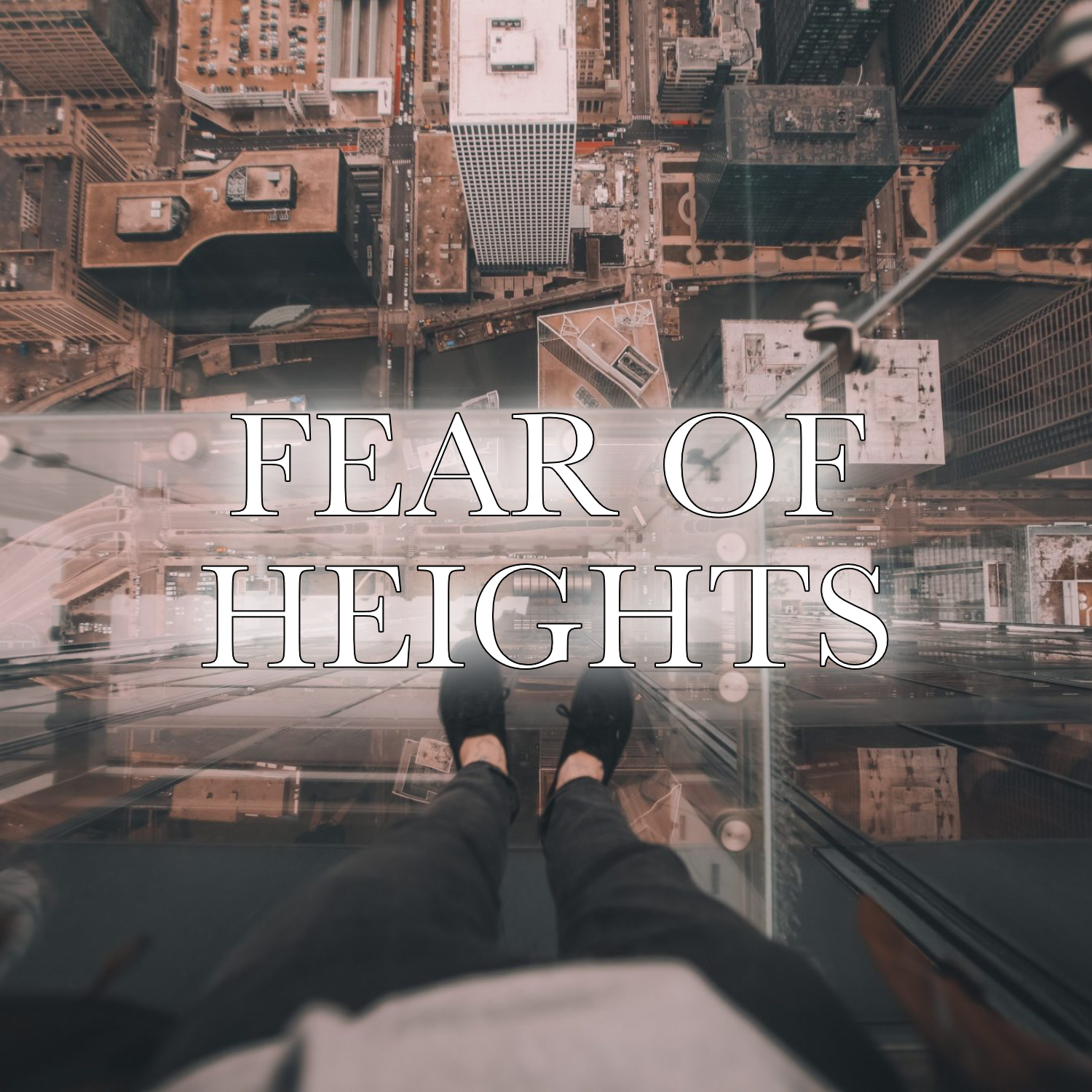
Recent Comments